
Over the centuries, for most Indians, faith has been a vital part of their lives, and the quest to seek the truth or enlightenment by following a spiritual path is the ultimate life goal. India is a religiously pluralistic and multiethnic democracy – the largest in the world. There are significant populations of Muslims, Christians, Sikhs, Buddhists, Jains, and adherents of folk religions living in communion with the majority Hindu population in India. They all practise different religions, each having its history and heritage. India is rich in tourist destinations that highlight its cultural, historical, and architectural essence, and religious sites here are no exception.
Table of Contents
Top 10 Religious destinations to visit
India has a wide range of religious destinations of all faiths that holds much religious and historical importance to millions of devotees and visitors who go there to experience a connection with their spiritual side. Let us look at some such important places and understand their significance.
Ayodhya, Uttar Pradesh
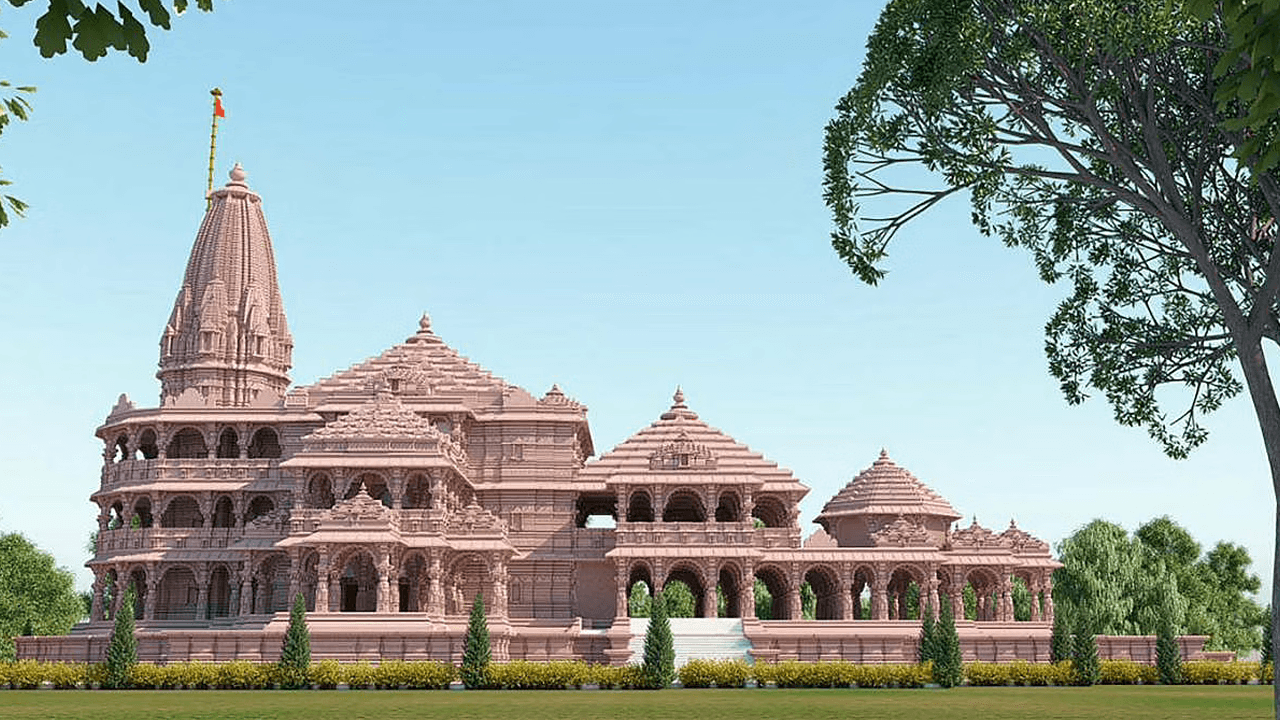
Ayodhya, situated in Uttar Pradesh, India, is one of the holiest and most prestigious sites for Hindus. The place is the birthplace of Lord Ram, one of the most important deities in the Hindu religion.
Also known as Maryada Purushottam, Lord Ram, according to the legends, is the human reincarnation of Lord Vishnu to get rid of the evil on earth and teach people to live a respectable, modest, and dignified life. Ayodhya has been a part of many controversies, but as per the ruling of the Supreme Court on 9 November 2019, a brand new temple will be built over an area of 70 acres and will be unveiled soon.
Golden Temple, Punjab

The Golden Temple, also known as Sri Harmandir Sahib, is one of the holiest places for the Sikhs in the city of Amritsar. The temple and the pond were built in 1500 by the fourth Guru of the Sikhs, Guru Ramdas Ji. The temple after that has gone through many stages of renovation, such as adding marble flooring and renovating the pond.
But the most significant change was when Raja Ranjeet Singh (the first Sikh emperor) donated 750 kilos of gold to the temple, which is why it’s called the golden temple. The devotees come here barefoot after washing their feet. The heads are to be covered at all times, be it men or women.
The temple serves free vegetarian meals called langar prepared by devotees who work together in the kitchen to prepare these meals as a service to God. Harmandir Sahib has one of the largest langars serving more than 100,000 people daily.
Ajmer Sharif Dargah, Rajasthan
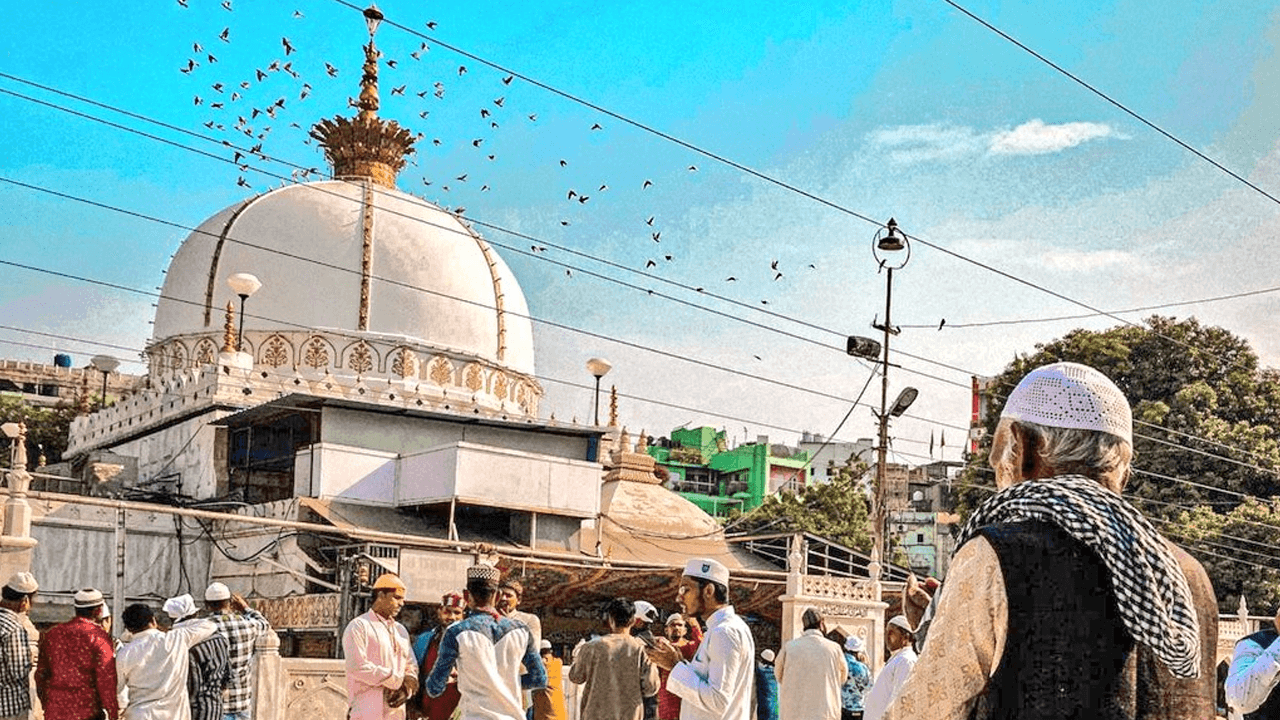
The Ajmer Sharif Dargah is the tomb of the Persian Sufi saint Khwaja Moinuddin Chishti, who was believed to be the direct descendant of Muhammad.
He visited Ajmer in 1192 after seeing the place in his dream and stayed there until he died in 1236. The Dargah was built by the Mughal emperor Humayun. Thousands of people visit the dargah every day.
Sabarimala, Kerala
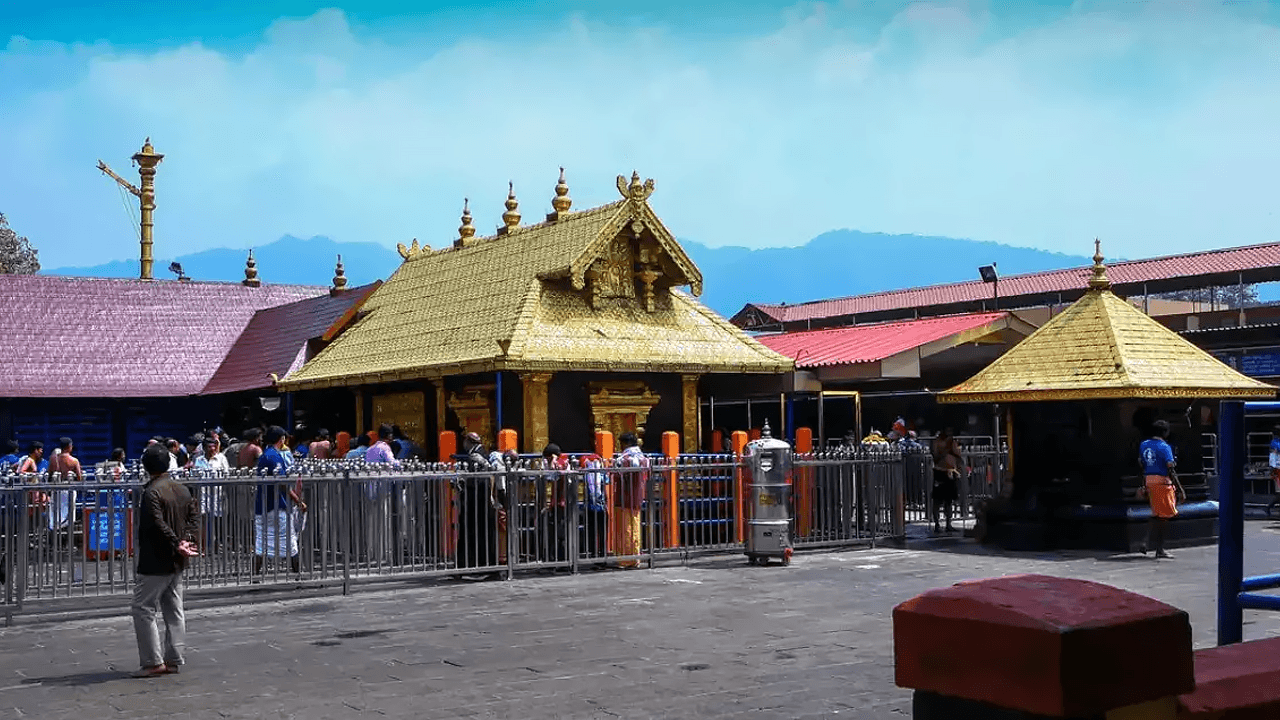
Sabarimala is one of the most visited religious destinations in India. Located on a hilltop and almost 4000 feet above the sea, it’s visited by 40 to 50 million devotees annually. The Sabarimala temple of Lord Ayappa is open for only 127 days of the year.
The temple is located on a hill, and the journey has to be completed by foot as vehicles do not go up. The devotees climb up the hill chanting ‘Swamiye Saranam Ayyappa‘ (Lord Ayyappa – the only refuge).
The temple is open to everyone irrespective of colour, caste, religion, creed, gender, or social status. Near the temple, a place called ‘Vavarunada’ is dedicated to Vavar (a Sufi Saint), a friend of Lord Ayyappa.
Basilica of Bom Jesus, Goa
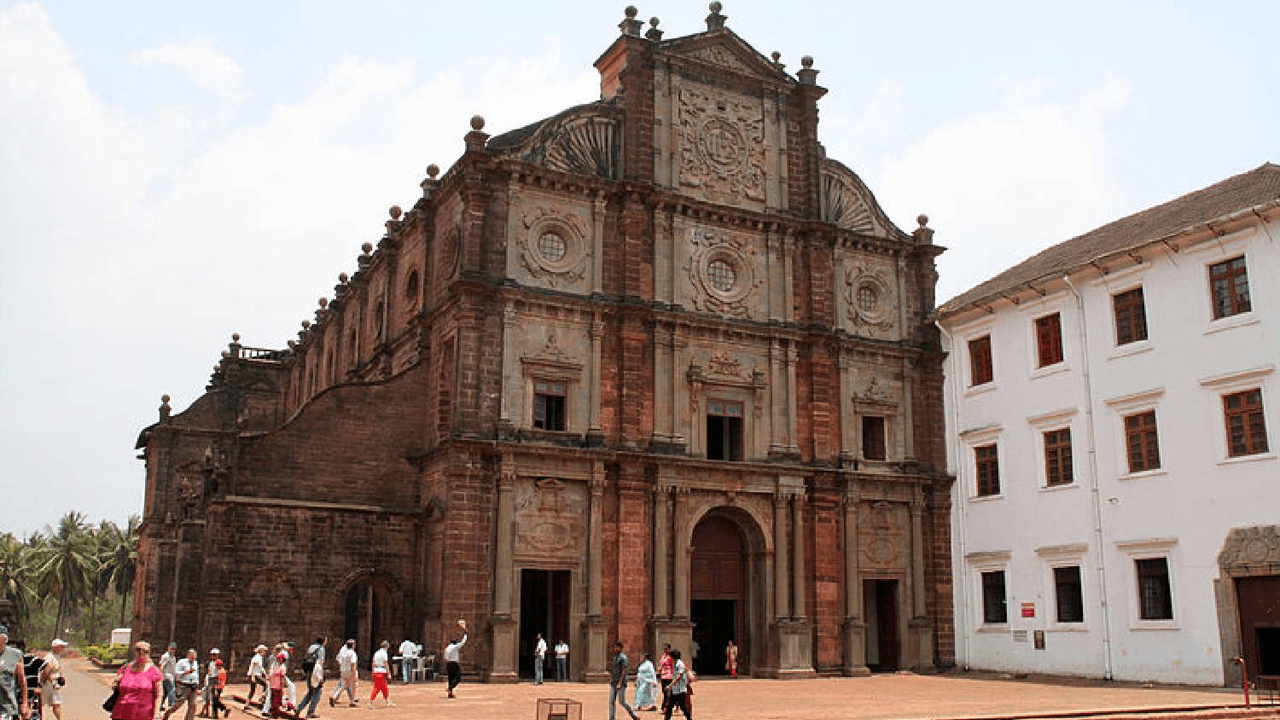
Basilica of Bom Jesus is one of India’s most visited religious destinations and has witnessed many changes in Goa over the period. The church is considered highly sacred with historical, cultural, and social importance. The church was built in the year 1594.
The church was consecrated in 1605, and the remains of St. Francis Xavier are preserved in the church. The church has also been declared a UNESCO world heritage site and is visited by thousands of tourists every day.
Shirdi, Maharashtra
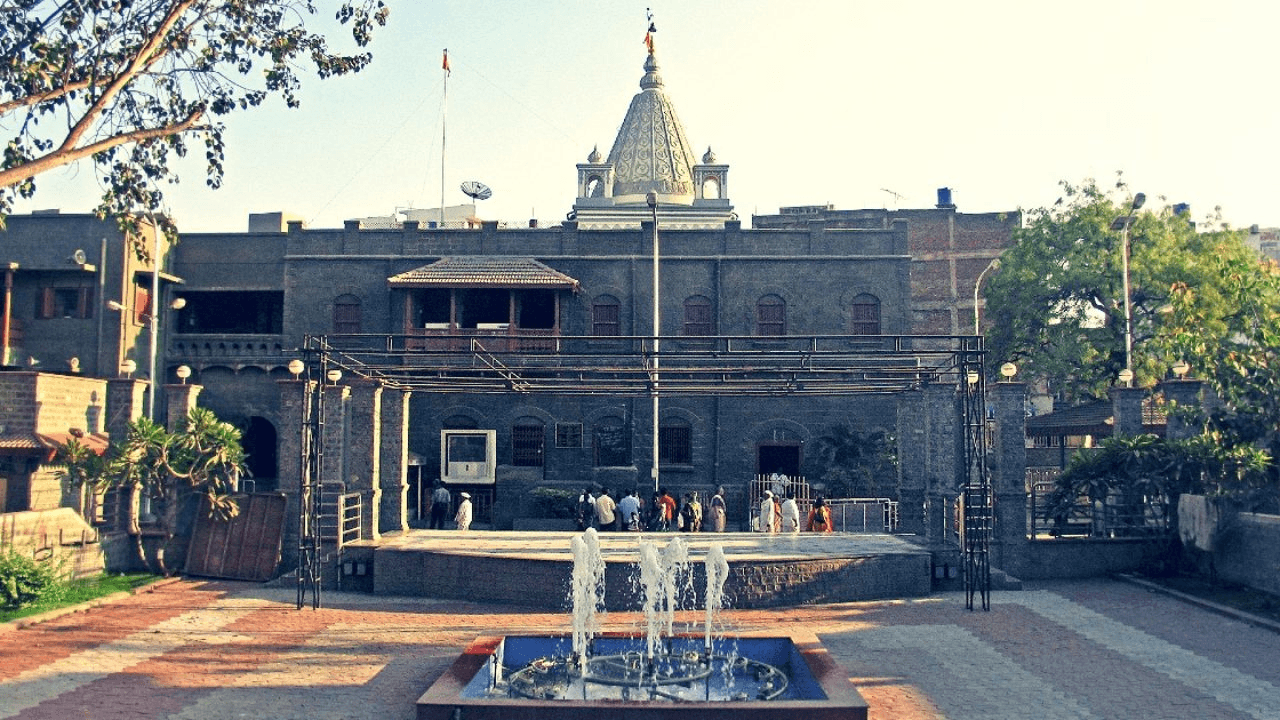
Shirdi is the home to Sai Baba, a spiritual and religious leader who believed in God being one and preached the same ‘Sabka Malik Ek’ (God is one). He thought that humanity and kindness were the ultimate goals of life. Shirdi is visited by thousands of devotees every day. It has many noteworthy spots, such as:
Gurusthan: Gurusthan is where Baba was spotted for the first time and was meditating under a Neem tree. It’s believed that lightening an incense stick under the tree can get rid of many ailments.
Samadhi Mandir: According to the legend, a millionaire called Nagaur wanted to place the idol of Lord Krishna (Muralidhar) in the temple. And Baba himself appeared as Muralidhar; therefore, the temple is known as the Samaadhi temple.
Cottage of Abdul Baba: Abdul Baba was an ardent follower of Sai Baba. This small cottage belonged to him. The devotees visit this cottage with great interest to glimpse some rare belongings and photos of Baba. Visitors are allowed from 7 AM to 10 PM.
Mahabodhi Temple, Bihar
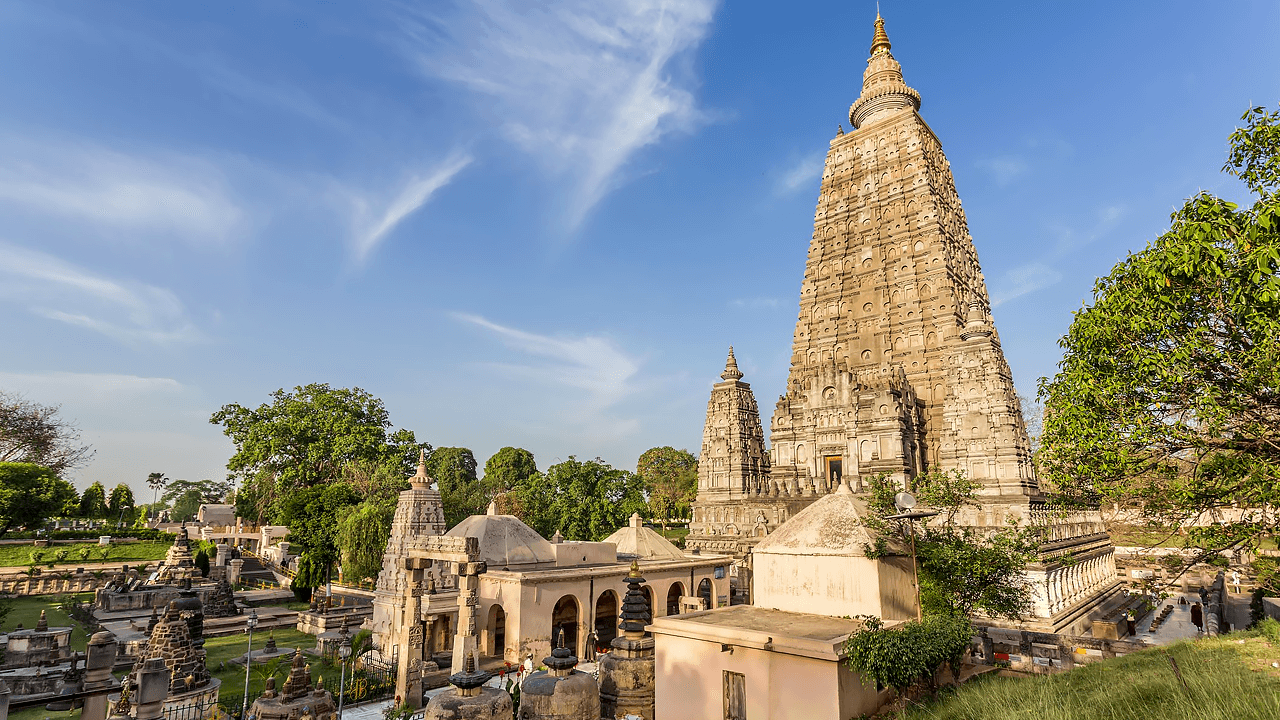
The Mahabodhi Temple is one of the four holy destinations related to Buddha’s life. It was here under the Bodhi tree where Buddha attained enlightenment. The descendant of the bodhi tree is still in the temple premises.
The Buddha’s Vajrayana is a stone where Buddha sat and meditated to attain enlightenment. The temple is Also a UNESCO World Heritage site. The temple was built in the 3rd century BC by King Ashoka. The temple is one of the few monuments which depict rich ancient Indian architecture. Buddhist monks and tourists from all over the world visit the temple.
Varanasi or Kashi, Uttar Pradesh
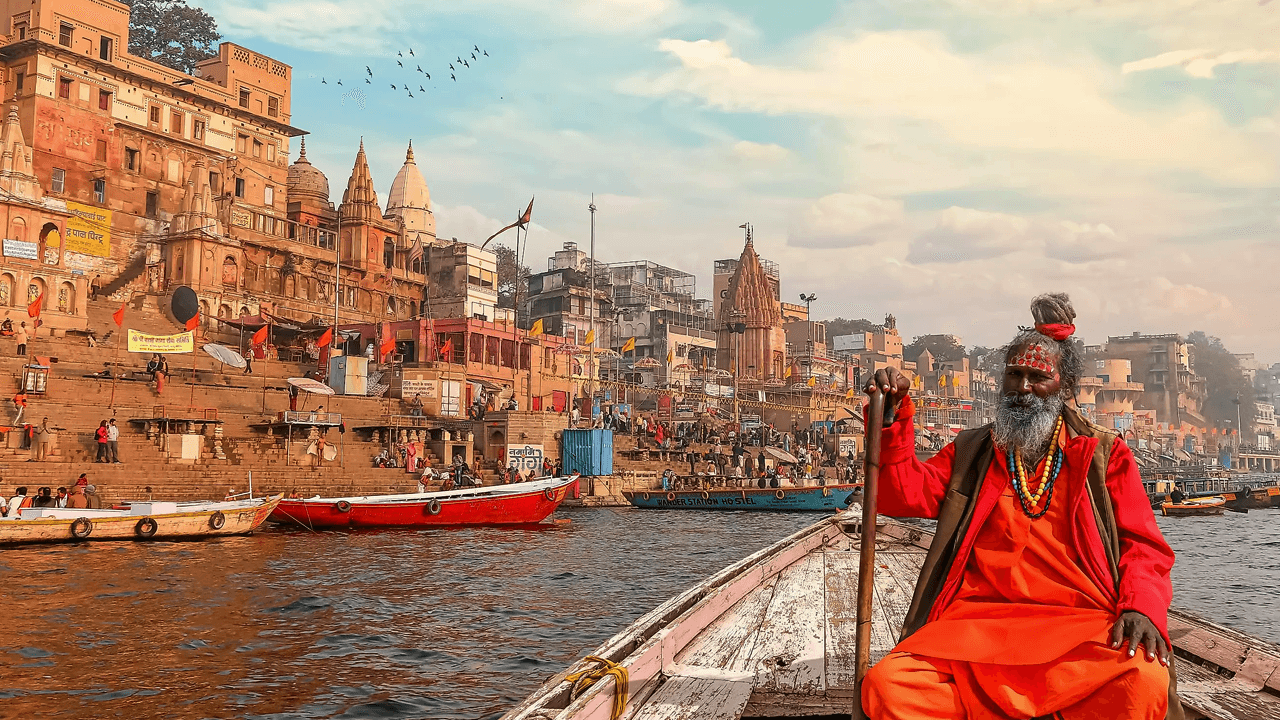
Varanasi, previously known as Banaras or Kashi, holds great religious, historical, and political significance in India. The city is a holy destination for Hindus and Buddhists, and Jains. It’s believed to be where Buddha preached first after attaining enlightenment.
It’s also the birthplace of Parsvanath, the twenty-third Tirthankara. Many devotees from all over India and World visit Varanasi to a dip in the holy river Ganga which is believed to wash away their sins. The city is also known as the city of temples.
It has many temples which are centuries old, and the most famous temples are Kashi Vishwanath Temple, Birla Temple, Durga Temple, Bharat Mata Mandir, Kabir Math, Sankat Mochan Temple, Batuk Bhairav Temple, Kalbhairav Temple, Kalbhairav Temple, and the Tulsi Manas Mandir.
Ranakpur Jain Temple, Rajasthan
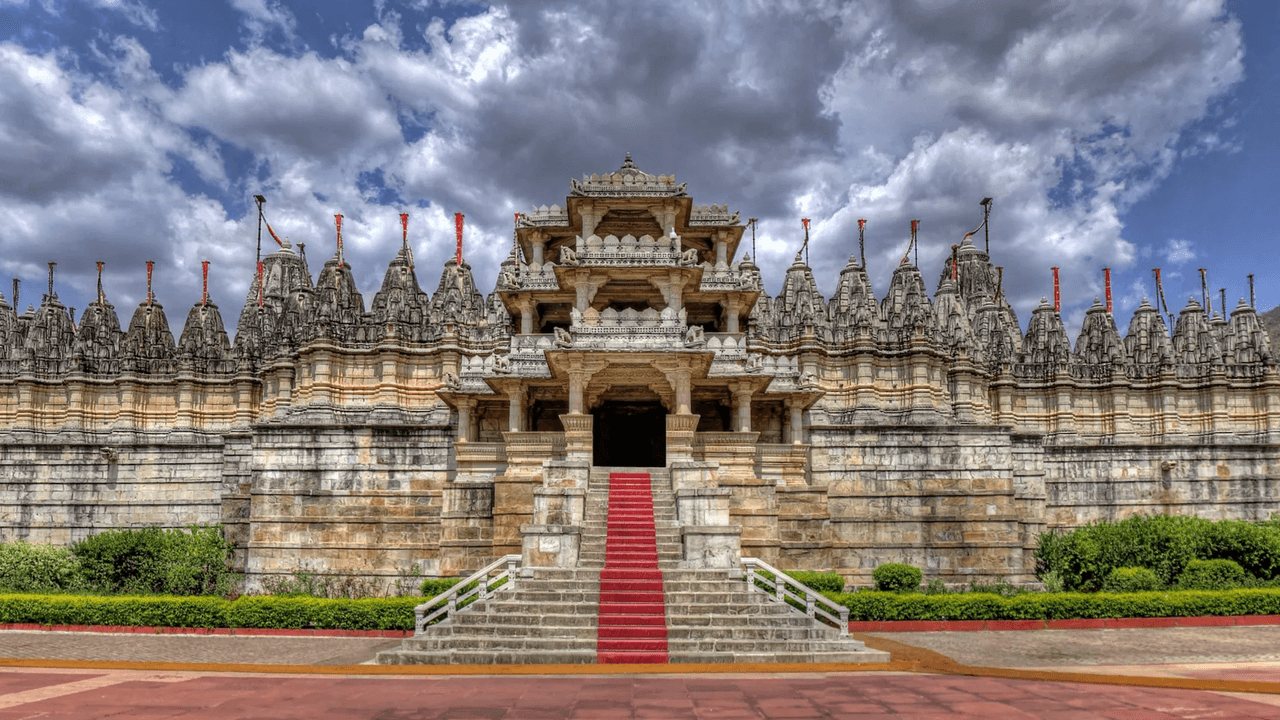
The Ranakpur Jain temple is located in Ranakpur, Pali district of Rajasthan. The temple’s construction was done in the late 14th century and early 15th century. The temple was built by a local businessman named Darna Shah after seeing a celestial object in his dream.
After contacting several architects, Deepak finally drew a design similar to Shah’s dream. He also asked the architect to build a town surrounding the temple. The town was named Ranakpur, after the then King Rana Kumbha.
The Ranakpur Jain temple is held in high regard by the Jains, as are the other Jain temples such as the Dilwara Temple in Mount Abu, Khajuraho Temples in Khajuraho, Palitana Temples in Shatrunjaya Hills, and Gomateshwara Temple in Shravanabelagola.
Kashi Vishwanath Temple, Uttar Pradesh
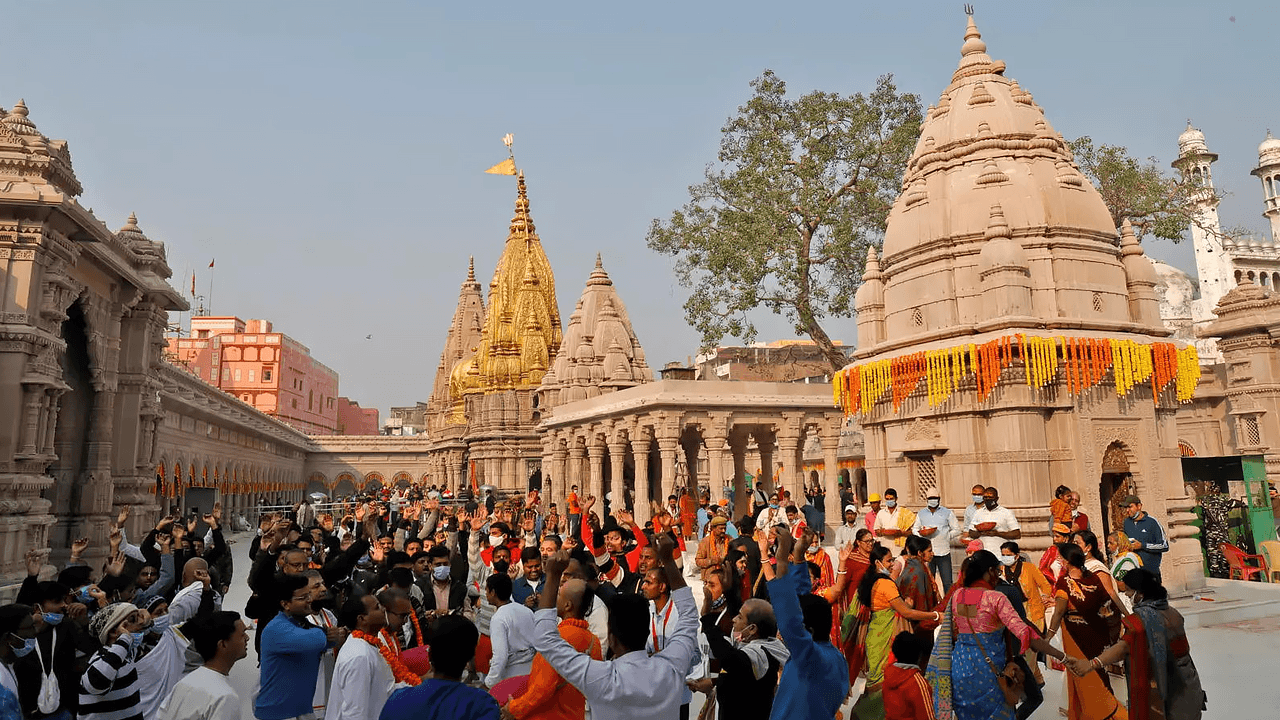 The Kashi Vishwanath temple is situated in Varanasi, Uttar Pradesh, India, at the banks of the holy river Ganga. The temple is of great spiritual and religious significance for Hindus as it is one of the twelve Jyotirlingas (temples dedicated to Lord Shiva).
The Kashi Vishwanath temple is situated in Varanasi, Uttar Pradesh, India, at the banks of the holy river Ganga. The temple is of great spiritual and religious significance for Hindus as it is one of the twelve Jyotirlingas (temples dedicated to Lord Shiva).
The temple is not only of religious significance but is also a prominent part of Indian history. It has survived many invasions, demolitions, and reconstructions, the most recent being the destruction by the Mughal emperor Aurangzeb and rebuilding in 1780 by Ahilyabai Holkar of Indore. It is said that the original Shivaling was veiled into a well by the chief priest before he jumped into a well to save it from obliteration. The Shivaling can still be seen in the well and is visited daily by thousands of devotees and tourists worldwide.
The temple was previously surrounded by narrow alleys and markets and was recently renovated under the Kashi Vishwanath corridor. The temple premises are now connected to the river bank (Ghat) directly with a broad pathway, and other facilities such as Yatri Suvidha Kendras, Tourist Facilitation Centre, Vedic Kendra, and Mumukshu Bhavan, Bhogshala, City Museum, Viewing Gallery, and Food Court are re available for pilgrims and tourists.
Aertrip can create amazing personalised and curated packages to visit some of these places. So, call us to know more and to book a package with us at +91 80691 88877 or email us at holiday.sales@aertrip.com.
